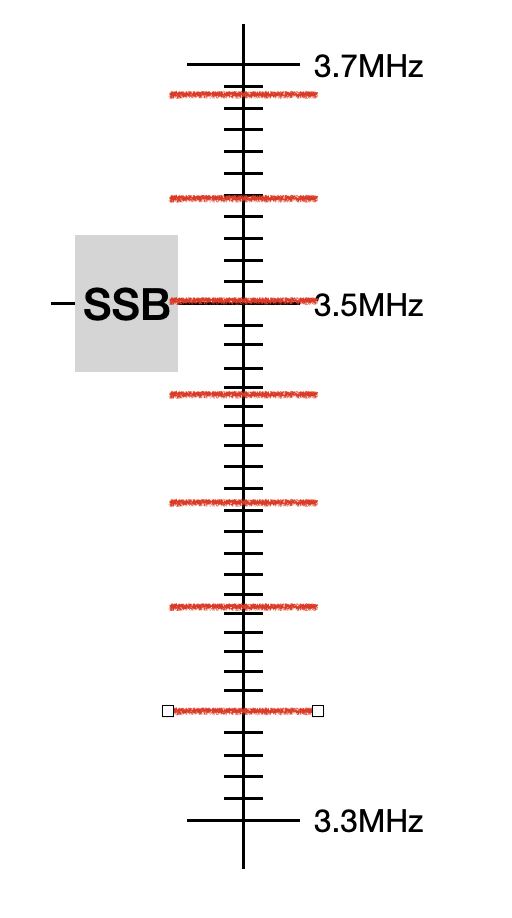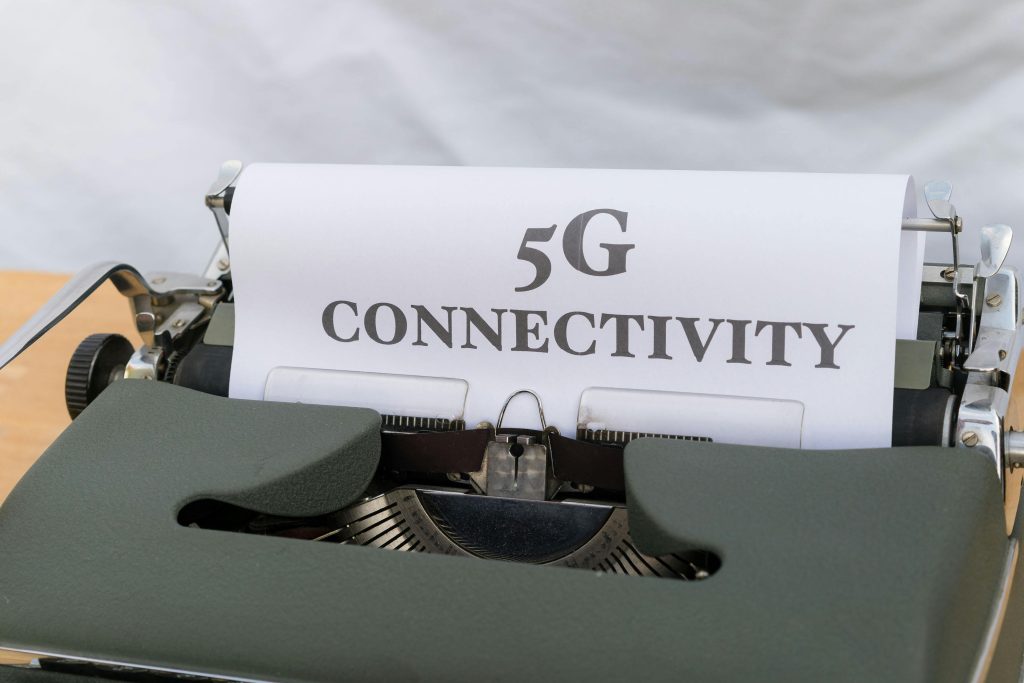PASTE YOUR Content here OR write from scratch
Cellular networks have become an integral part of our daily lives, enabling communication, streaming, and access to information across the globe. Over the years, these networks have evolved rapidly, with each generation introducing significant technological advancements. Let’s explore the key differences and the impact of the major cellular generations—3G, LTE, and 5G.
Suppose Your need to add IMAGE HERE

3G: The Beginning of Mobile Data
Third Generation (3G) networks marked the true beginning of the mobile internet era. Introduced in the early 2000s, 3G enabled faster data transfer rates compared to 2G, allowing users to browse the web, send multimedia messages, and access basic video calls. It set the foundation for more advanced mobile applications, but the speeds were still limited compared to what we experience today.
LTE: The Leap Towards Faster Internet
Long-Term Evolution (LTE), often marketed as 4G, was a significant leap forward in mobile network technology. With LTE, users experienced much faster download and upload speeds, making video streaming, online gaming, and other data-intensive activities smoother than ever. LTE also improved network efficiency and capacity, allowing more users to access high-speed internet simultaneously.
5G: The Future of Connectivity
5G is the latest generation of cellular networks, promising to revolutionize the way we connect. With ultra-fast speeds, low latency, and the ability to handle massive amounts of data, 5G opens the door for innovations like autonomous vehicles, smart cities, and enhanced virtual reality experiences. As 5G infrastructure continues to roll out globally, it’s expected to become the backbone of our increasingly connected digital world.
Conclusion
Each generation of cellular networks has brought us closer to a more connected and data-driven future. From the humble beginnings of 3G to the lightning-fast capabilities of 5G, these technologies continue to shape the way we communicate, work, and live. At Wireless Theory, we are committed to keeping you informed about the latest developments in cellular technology as the world of wireless communication continues to evolve.



